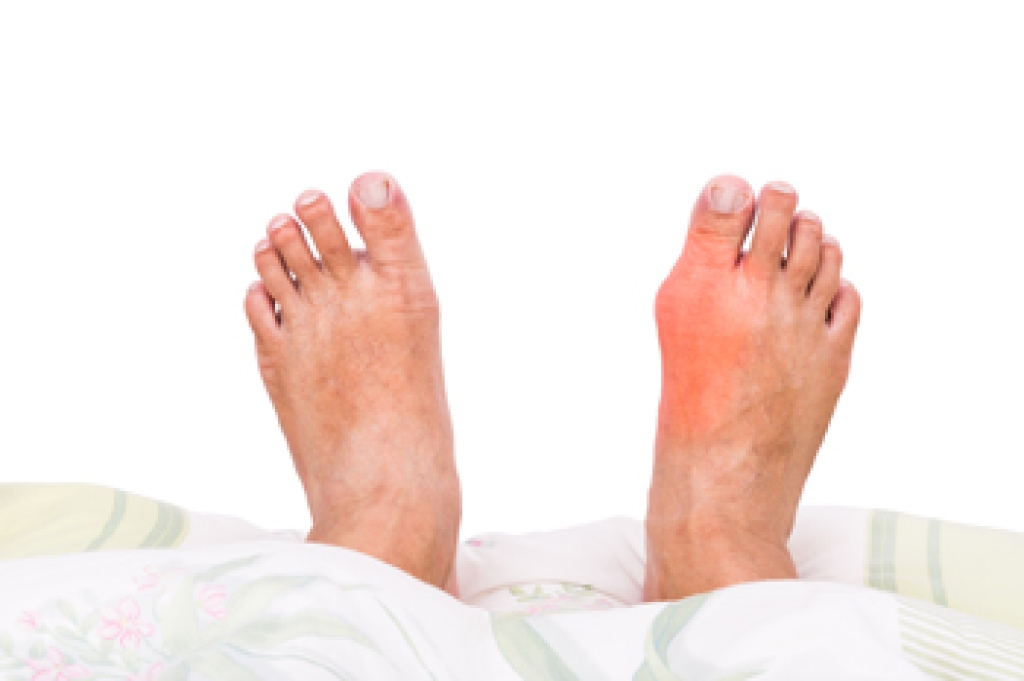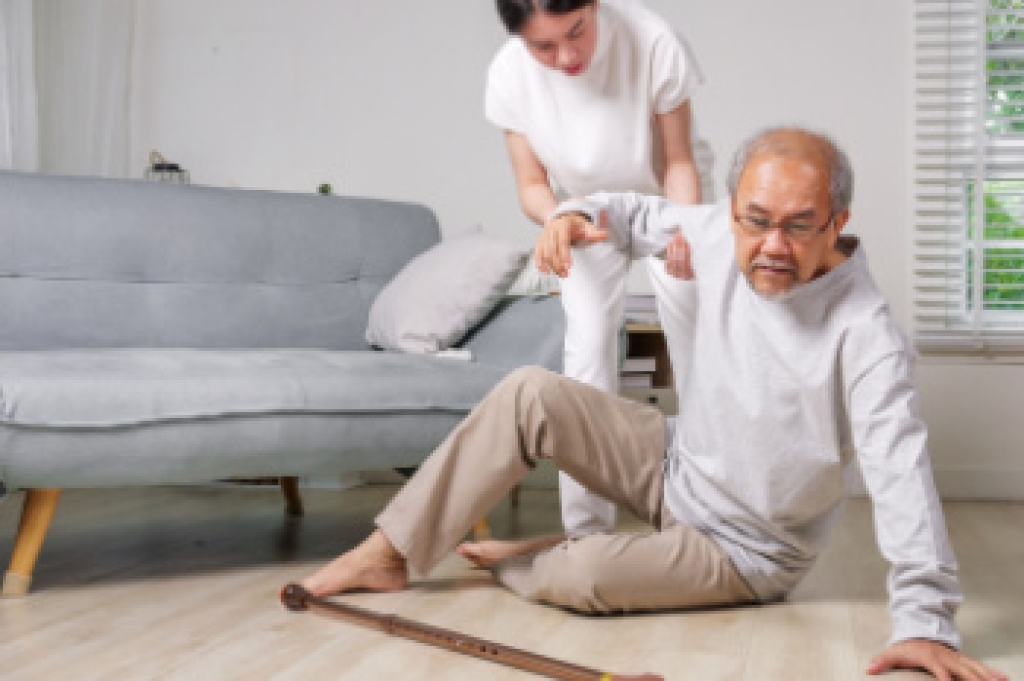
Bunions are a common foot deformity that develop when the joint at the base of the big toe becomes misaligned. This causes the tip of the big toe to lean toward the smaller toes, and creates a visible bony bump along the side of the foot. Bunions often cause symptoms such as pain, tenderness, swelling, redness, and difficulty wearing shoes comfortably. Over time, the condition may worsen and limit daily activities. Risk factors include genetics, flat feet, arthritis, prolonged use of tight footwear, and repetitive stress on the foot. Although bunions do not always cause pain, they can interfere with balance and walking. A podiatrist can evaluate the severity of the deformity, recommend custom orthotics, footwear modifications, and targeted treatments to relieve discomfort and slow progression. If bunion pain is affecting your quality of life, it is suggested that you consult a podiatrist who can offer effective relief and treatment solutions.
If you are suffering from bunion pain, contact Shawn Echard, DPM of Laurel Podiatry LLC. Our practitioner can provide the care you need to keep you pain-free and on your feet.
What Is a Bunion?
Bunions are painful bony bumps that usually develop on the inside of the foot at the joint of the big toe. As the deformity increases over time, it may become painful to walk and wear shoes. Women are more likely to exacerbate existing bunions since they often wear tight, narrow shoes that shift their toes together. Bunion pain can be relieved by wearing wider shoes with enough room for the toes.
Causes
- Genetics – some people inherit feet that are more prone to bunion development
- Inflammatory Conditions - rheumatoid arthritis and polio may cause bunion development
Symptoms
- Redness and inflammation
- Pain and tenderness
- Callus or corns on the bump
- Restricted motion in the big toe
In order to diagnose your bunion, your podiatrist may ask about your medical history, symptoms, and general health. Your doctor might also order an x-ray to take a closer look at your feet. Nonsurgical treatment options include orthotics, padding, icing, changes in footwear, and medication. If nonsurgical treatments don’t alleviate your bunion pain, surgery may be necessary.
If you have any questions, please feel free to contact our offices located in Greensburg and Somerset, PA . We offer the newest diagnostic and treatment technologies for all your foot care needs.




